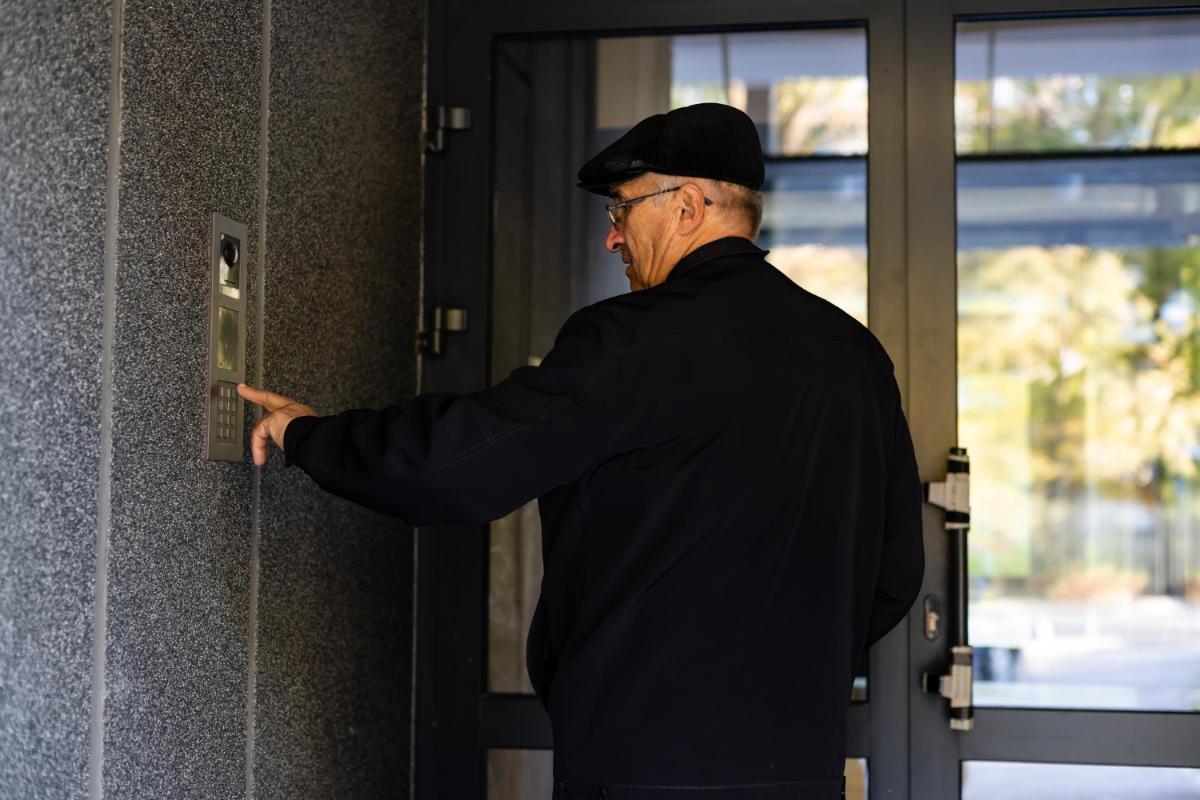How Gated Communities Track Their Visitors

No matter the reason for a visitor's arrival — guests, housekeeping, deliveries — it is always prudent to verify an individual's identity before granting entry. Both security staff and building owners can rely on the cutting-edge technology of visitor management software to better protect the property and expedite operations. Limiting entrance to a gated community is only the beginning of security measures. Having an up-to-date visitor management system is a step higher. These are some of the ways gated communities use to track their visitors.
Pen-and-Paper
Almost everyone has signed their name in a paper logbook at some point in their lives. Though technically a visitor management system, this approach often results in unnecessary hassle and ineffectiveness.
To begin with, some people don't have clear handwriting. For instance, the estate might not have an accurate record of a visitor because their name was completely illegible or misunderstood. Inaccurate information in the logbook might become a major issue if the estate wants to maintain a high level of security. The guest can also write in a fictitious name if no one verifies their identities. Trying to locate a visitor who provided false information will be extremely difficult. Finally, you may not want visitors' information to be widely available depending on the building you manage.
On-Site Software
As opposed to using paper forms, a digital sign-in system can be installed on-site. However, these are often inflexible, non-web-based, archaic systems that are difficult to upgrade.
Visiting the actual property in the estate is required for every instance. Electronic logbooks are essentially what on-site visitor management software systems are. In addition, most structures won't allow you to install a server without a dedicated space for it and someone to manage it.
Automated Digital Door Keeper Systems
Last but not least, a cyber doorman system is becoming increasingly used to handle visitors and limit entry for them. Gated communities often employ a doorman to oversee the flow of visitors. This employee is in charge of screening guests and deciding whether or not to let them in. On the other hand, a cyber doorman is an electronic version of the standard doorman.
Some examples of cyber doorman services are:
- Video intercom systems
- Telephone entry systems
Why Should Gated Communities Have Up-to-date Visitor Management System?
The reason people opt to live in gated communities is so they can feel safe. While a gate alone may dissuade some would-be intruders, a visitor control system takes security to the next level by letting you keep tabs on everyone who comes through the front door. Whether or not a person was prohibited in the past and other pertinent information can be gleaned via visitor management software. And exporting time-stamped records is simple.
Visitor management could be a practical solution if you have regular visitors to your gated community. The gated community's visitor management system can tell the difference between a new visitor and a returning one, such as housekeepers and friends. Guests can be sorted into relevant categories to facilitate screening for potential threats.
If you are looking for more solutions in visitor management software, contact Safehouse Systems to hear more today.